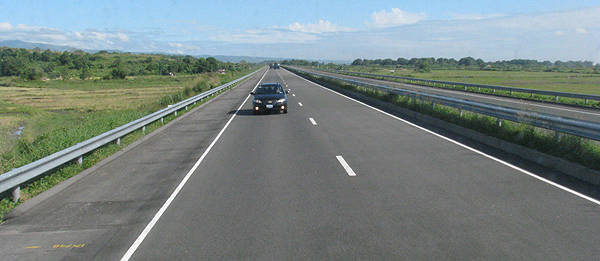
How good (or bad) are Philippine roads? We'll know the answer soon as the Department of Public Works and Highways (DPWH), the World Bank and the International Road Assessment Program (iRAP) are set to launch iRAP Philippines on May 6.
iRAP Philippines came about when the World Bank, through its administration of the Global Road Safety Facility, contracted iRAP to assist the DPWH in assessing the approximately 4,400-kilometer national highways in Luzon, Visayas and Mindanao, which have been considered as "high risk roads" based on the evaluation of the DPWH Traffic Accident and Recording System. iRAP is an international charity organization that aims to reduce road casualties by improving the safety of road infrastructures.
To kick off the program, iRAP teams composed of highly trained analysts using specially equipped vehicles and software will undertake a detailed road inspection of Commonwealth Avenue in Quezon City.
iRAP will conduct a detailed road inspection by focusing on different design features that might not only influence the likelihood of a crash but also dictate its severity like intersection design, road cross-sections and markings, roadside hazards, and pedestrian lanes. It will collect data through digital images, geo-referencing and analysis at 100 meter intervals before it makes a recommendation on what actions need to be taken immediately to mitigate accidents.
iRAP will also rate our roads from five-star (safest) to one-star (least safe) and recommend actions that should be taken to mitigate accidents.
Besides the DPWH, the other national government agencies and private sector representatives that will be assisting iRAP Philippines in its nationwide study of our road network are the Department of Transportation and Communication, the Land Transportation Office, the Philippine National Police, the Metropolitan Manila Development Authority, the Automobile Association of the Philippines and the University of the Philippines-National Center for Transport Studies.










